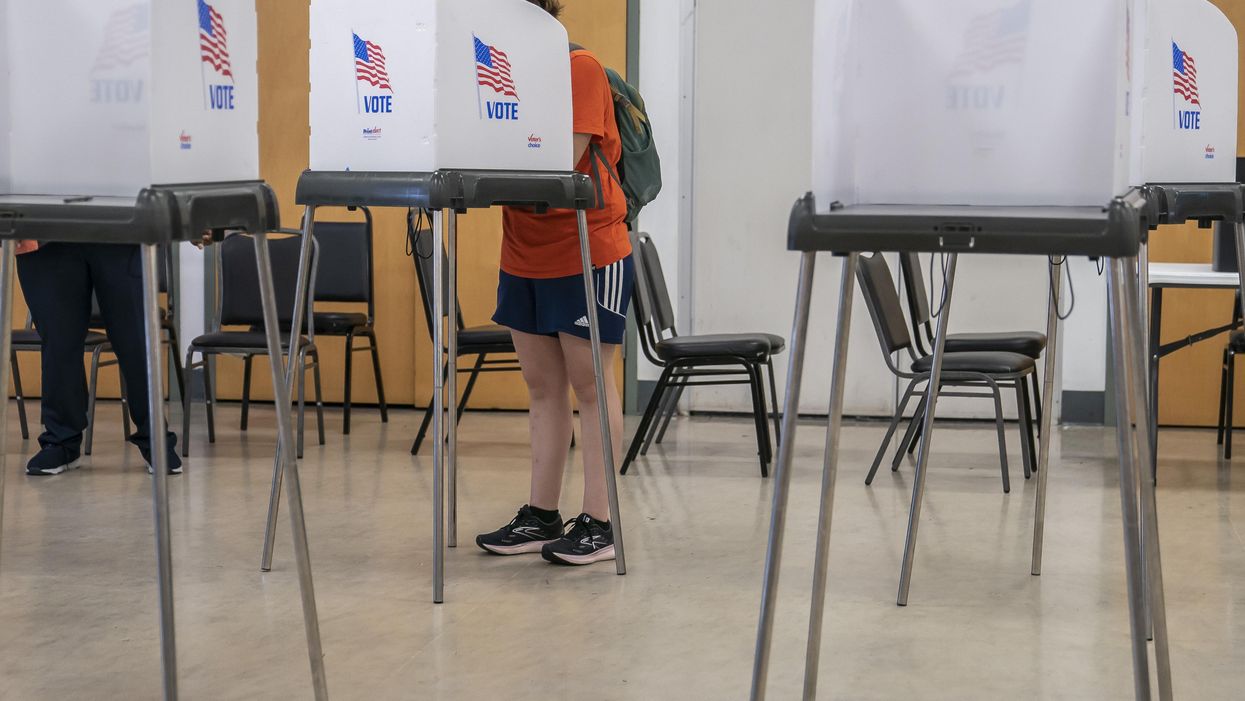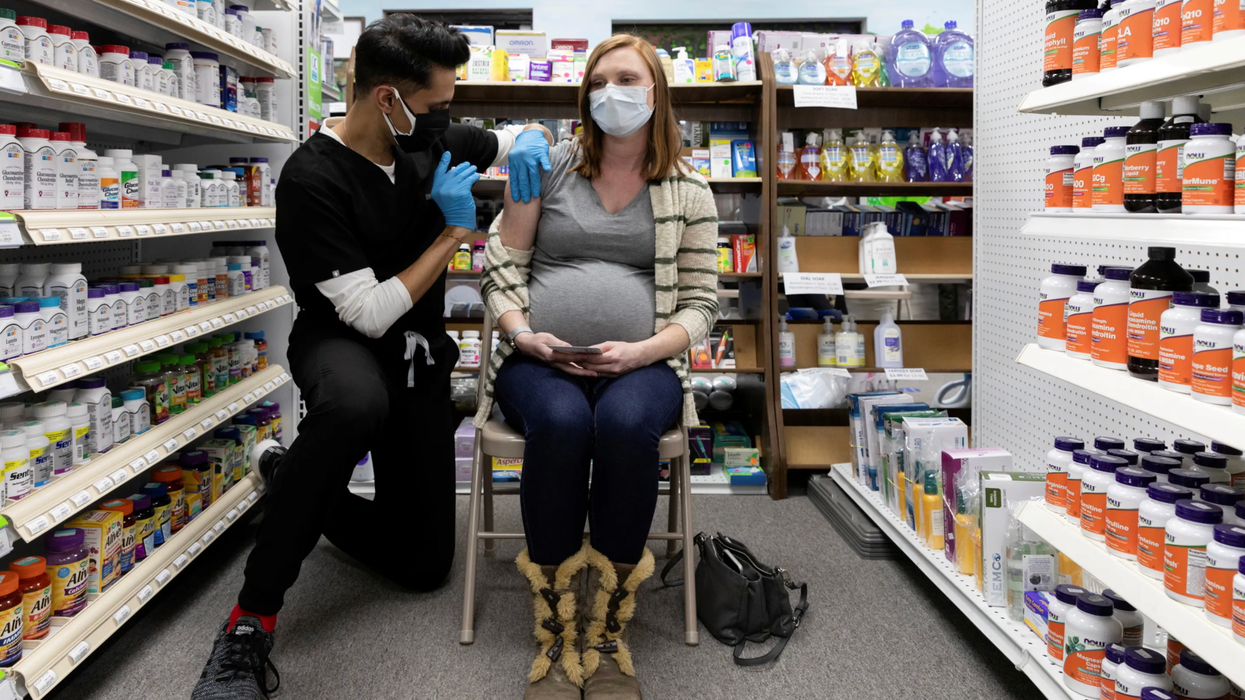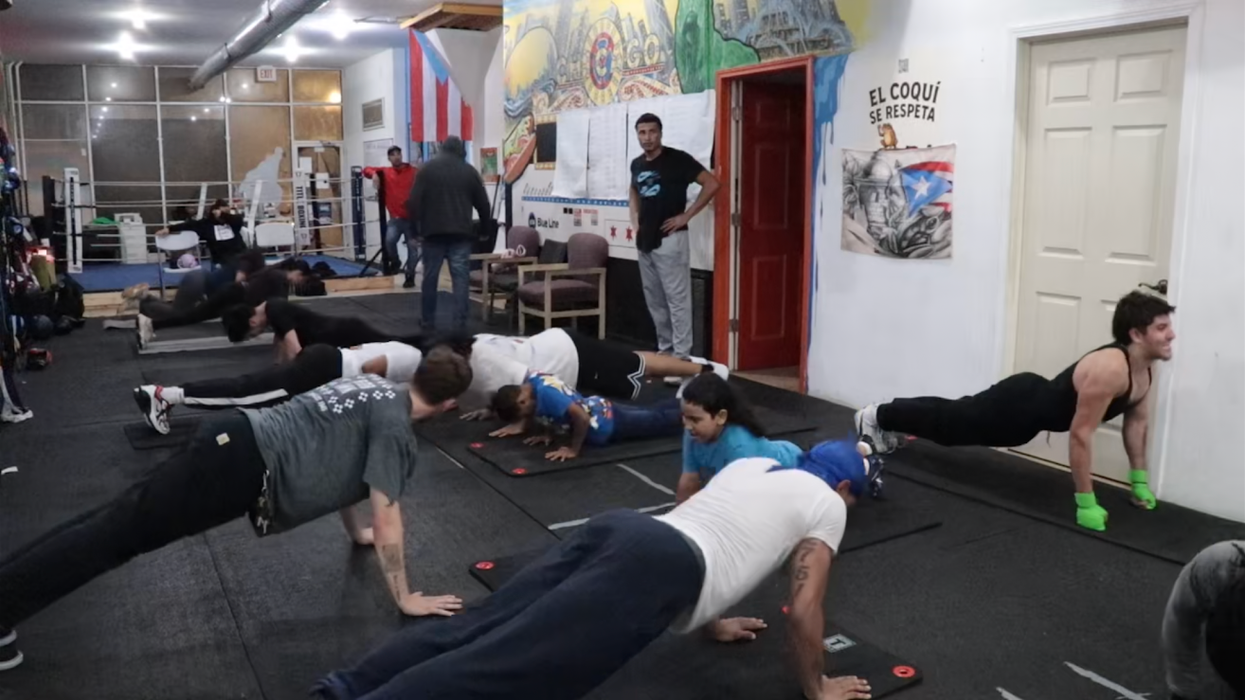Riegel is the co-founder of Motivote, a company that uses behavioral economics to help businesses, advocacy groups and candidates engage younger people and boost election turnout.
On paper, I check all the boxes for “civically engaged millennial”: I have degrees in political science and public administration. I participated in (and later, staffed) both Model UN and Youth & Government programs. I’ve asked bartenders to switch the TV to the vice presidential debate. I’ll talk incessantly about political opinions and care deeply about policy design.
And yet, until pretty recently, I had never voted in a non-presidential election.
It wasn’t that I didn’t think, in theory, it was important. But I never prioritized it.
I was living in New York but still registered in New Jersey. By the time I realized there was an election (usually on social media, the day of) it was too late to do anything.
Back in 2018, a grad school classmate and I started to explore the question of “why don’t people vote?” through a behavioral science lens.
She was a former student organizer, the person chasing you down with a clipboard on the quad. And she was frustrated by the volume of people who said they were planning to vote — and seemed to have every intention of doing so — but ultimately dropped off.
When it came time to pick a research topic for our MPA capstone project, we wanted to focus on this disconnect between intending to vote and actually doing it.
A lot of voter engagement centers on messages like, “It’s really important!” and “It’s your civic duty!” The problem is, these appeals don’t get at the very human behavioral breakdowns that prevent an estimated 50 percent of registered voters from casting their ballot.
As just one example: A 2018 report out of the New York Senate found that many New Yorkers didn’t vote in past elections for entirely preventable reasons – 28 percent had work/school obligations, 18 percent said they didn’t know the election date, and 16 percent said they forgot. Other reasons include child care obligations, not knowing the polling place, not having time or bad weather.
As humans, we default toward procrastinating on things that seem confusing, time-consuming or annoying.
Think about the micro-steps that go into voting. They include tasks like finding your driver’s license and entering the number, tracking down a printer and stamp to mail in a registration form or absentee ballot request, and carving out time to get to a polling place and wait in line. It’s no surprise that so many people put off important steps until it’s too late.
Luckily, we’re not starting from scratch. The field of behavioral science has figured out how to help people bridge “intention-action” gaps and increase follow-through. You may be familiar with these nudge strategies: Plan-making, reminders, defaults, social commitments, gamification, incentives.
If you’re looking to make the realities of human behavior a bigger focus of your voter engagement programs, here are some frameworks to guide you:
Plan-making
A lot of messaging to voters focuses on motivation — trying to convince people why it's important to vote.
But studies actually show that planning outweighs strong motivation.
Take an example from health care: In a study of people with the goal of getting healthier, one group who read motivational material about exercise — but did not plan when and where they would do it — showed no increase in exercise frequency. On the other hand, 91 percent of participants who planned their intentions (by writing down when and where they would do it each week) ended up following through.
Why can plans make such a difference? As humans, we believe in the best version of our future self. We hope we’ll “just remember” to do something, leaving it to chance. But, too often, that idealized self bumps up against a reality where we get busy and distracted.
Plan-making encourages us to think through potential obstacles and develop strategies for overcoming them.
How can we apply plan-making to voting?
Encourage voters to think through the details of how they'll vote — the more nuanced, the better.
A foundational study shows that when voters got phone calls that walked them through plan-making prompts, like when they will vote and where they will be coming from before that, increased turnout by 4.1 percent.
Prompt voters to think through their voting method (absentee, early, Election Day?), when they are planning to go, what they need to bring, whether they need to request time off from work or find child care, etc. Bonus points for adding it to their calendar!
Temptation-bundling
Temptation bundling is a strategy for habit formation where you “bundle” a source of gratification with a beneficial, but less enjoyable, activity.
For example, if you’re trying to get into a workout routine, you might only let yourself watch your favorite guilty pleasure show while on the treadmill.
How can we apply temptation-bundling to voting?
Connect an enjoyable experience to the act of voting. By pairing something you need to “get done” with something fun, you make it more likely to happen.
If your polling place is on the way to your favorite cafe, treat yourself to your favorite drink after casting your ballot.
If you’re in a vote-by-mail state, get friends together for an IRL or Zoom hangout where you fill out your ballots together.
Or, make plans to swing by an early voting center before work or class and then meet up for breakfast afterwards.
“Parties at the Polls,” which can lift turnout by 2 percent, are an example of temptation-bundling at a larger scale.
When community organizations set up food, music and activities near a polling place, they’re connecting something fun and celebratory to the behavior.
Social accountability
It’s no secret why finding an accountability buddy is such common advice when trying to hit a goal. Want to work out more? Sign up for fitness class with a friend. Keep putting off your assignment? Have a friend check in after each chapter.
Doing something with friends isn’t just more enjoyable; research shows it’s more effective.
Why? Humans love validation. When we know others are watching, we want them to think highly of us so we are more likely to engage in “prosocial” behavior. We're also less likely to back out when we know others are counting on us.
How can we apply social accountability to voting?
“Peer pressure” had a negative connotation growing up. But with voting, it comes in handy.
Start by telling friends you’re planning to vote. (This is a powerful signaling device, since people are more likely to vote when they think others are doing it.)
Even better, share your plan and ask for support: “Hey, I’m planning to vote early during my lunch break; can you check in with me this afternoon to make sure I did it?”
Level up by turning your friend group into a commitment circle. Let each other know when you’re going to cast your ballots and check up on anyone you haven’t heard from.
Organizations can facilitate social accountability with community competitions.
For example, college clubs and neighborhood squads can set goals like: 75 percent of our team will have voted by the Saturday before Election Day using absentee or early voting. Track progress, then celebrate teams that hit the goal.
Communal goals create incentives to check in on others in your group. When others are counting on you to show up, you’re less likely to put something off.
As you start to map out your messaging and engagement strategies for the 2022 midterm general elections, keep in mind that repeatedly telling someone to do something is not the best way to get them to take action. Instead, consider the behavioral barriers in their way and help them strategize to overcome. To learn more about using behavioral science to help voters decrease friction, say hi at jess@motivote.us.


















